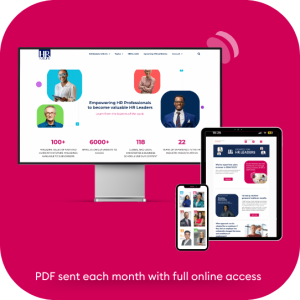Fraud prevention is the most effective way to combat fraud occurring in your business.
It’s important to ensure you have strong business practices that make it difficult for fraud to occur and, if it does occur, make it easy to detect and address. There are also key indicators that you could have a problem, including late financial and other reporting, un-reconciled and unexplained account balances, rushed system implementations that may help “cover up” the audit trail, and sudden resignations of key staff with access and control over assets and/or reporting. Not all fraud is simple theft of company money. Fraud includes redirecting the companies’ tax deposits, taking kickbacks, buying products not for the company, and the company pays for it, running compensation through Accounts Payable and so forth. Often fraud includes elements of cover up and obfuscation that can lead to a significant delay in detection.
Measures that can help prevent fraud from occurring are:
1. Communication
The first and most important component of preventing fraud is communication. To prevent fraud, communication policies should include clear policies and expectations related to reporting and report-monitoring on processes and protocols in the company. Generating and monitoring reports lets stakeholders in the business know that what’s happening is being watched, making fraud harder to get away with.
Keeping an eye on operations through reports can also help identify fraud right away, if it does occur. Setting clear standards of communication in the organisation creates a foundation on which fraud can be prevented. Basically, the tone at the top has to stress a highly ethical environment where wrong doing will not only not be tolerated, but will also be prosecuted. Perhaps overused, but the saying, “If you think you saw something, say something,” has to be part of the culture. Larger companies may want to consider an anonymous tip off line for reporting strange or suspicious activities.
2. Policies
Along with communication, it is necessary for an organisation to have policies and procedures that can be referred to by all stakeholders. The policies and procedures provide standards for the way stakeholders handle certain circumstances or information. When it is clear how information should be handled, there is a decreased likelihood that sloppy procedures can be blamed for fraud practices. For example, limiting sensitive information to relevant stakeholders can keep other employees from gaining access to something they shouldn’t have access to. The policies should also outline risk tolerance for the business, which helps ensure that stakeholders know when activity should be reported and how it should be handled. It is also essential that, when something seems wrong, the company looks into it right away and resolves it and does not just assume it’s probably nothing or will clear itself. Basically, policies must be enforced and when violated, investigated and staff help accountable.
3. Data Analysis
One of the advantages of technology is that it can also be used to detect potential fraud in your organisation. Data analysis software examines transactions in your business and generates reports that focus on key performance indicators and statistical anomalies. Through these reports, stakeholders can identify trends in the organisation, spot problems and help prevent fraud from occurring. Sometimes, just knowing (or thinking) that data is being analysed and monitored keeps individuals from committing fraud. However, using the reports to monitor operations can ensure that, if there is a problem, it can be addressed quickly to minimise damage to the company. As noted earlier, late, bad and missing reporting could be a signal that a deeper look is needed right away.
4. Networking
Another way to prevent fraud is to connect with other businesses and stakeholders in fraud prevention. Networking with fraud prevention professionals and other organisations working to prevent fraud can be useful. Specifically, it can help keep you updated on innovations and advancements in fraud prevention and provide information that can be used to strengthen your organisation’s fraud prevention measures. In addition, since technology solutions advance quickly, networking can help ensure that you’re using the best fraud prevention technology for your company’s needs.
5. Corporate culture
The corporate culture of your organisation can also contribute to preventing fraud in the company. A positive corporate culture will help prevent fraud because stakeholders will not want to do anything that could damage the organisation or their position in it. When employees and other stakeholders are invested in the organisation because of its positive corporate culture, they will also be more likely to work within the organisation to help prevent fraud and report it if they become aware of it. This can ensure that the business is operating without any obstacles.
Spotting fraud can be as simple as monitoring data analysis reports and having clear expectations of all stakeholders. Whether your company is at high risk for fraud or not, taking steps to prevent fraud and spot it early keeps your company on track for success. A very tangible side benefit is a deeper understanding of the transactional nature of the business which can be used for process improvement and resulting in a better bottom line.
Jennifer Barnes is Co-Founder and President of San Diego-based Pro Back Office in the US, www.ProBackOffice.com.
This article appeared in the August 2018 issue of HR Future magazine.












